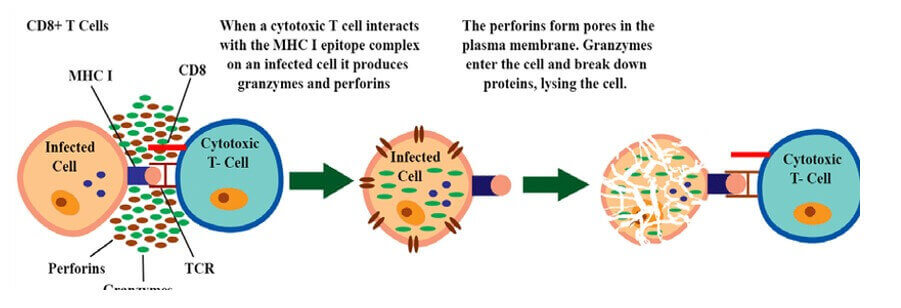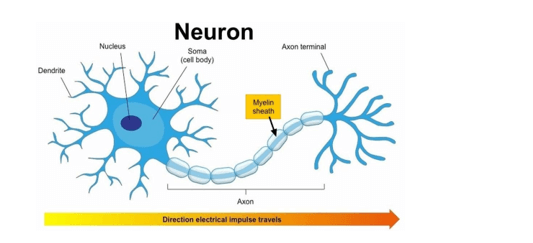Hikers who found a human body at high altitude in the Italian Alps thought the man had died recently, but tests indicated he was shot with an arrow more than 5,300 years ago. Which of the following would be the best reason for prolonged preservation of the body?
A. The ultraviolet rays at such a high altitude caused all his molecules to be preserved.
B. The food that the person ate contained toxins that killed the bacteria that would have otherwise destroyed the body.
C. The body was frozen in the cold temperature of the Alps shortly after he died and remained frozen until it was found.
D. The arrow wound caused blood to flow out of the body which led the enzymes that would break down tissue to be cleared from the body.
The best reason for the prolonged preservation of the body is that it was frozen in the cold temperature of the Alps shortly after death and remained frozen until it was found. Freezing can preserve a body by slowing down or stopping the decomposition process.
The other options are not as likely to have caused prolonged preservation.
Ultraviolet rays can damage molecules rather than preserve them. Toxins in food would not necessarily kill all bacteria that could cause decomposition. Blood loss from an arrow wound would not necessarily clear all enzymes that could break down tissue.
Therefore, the Correct Answer is C.




